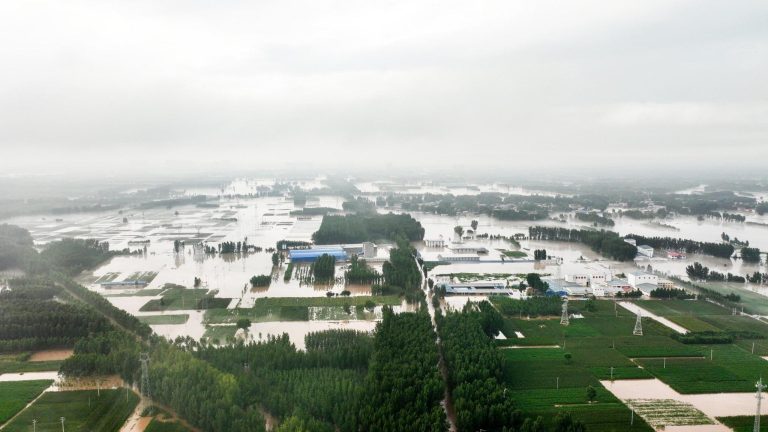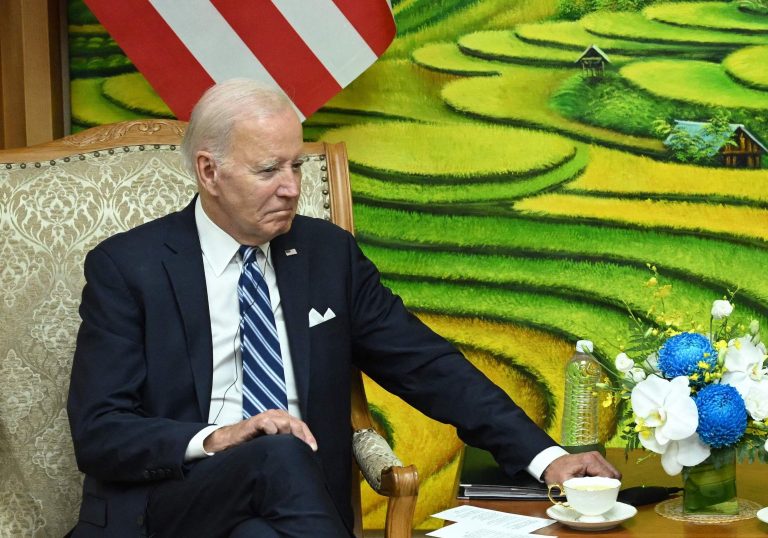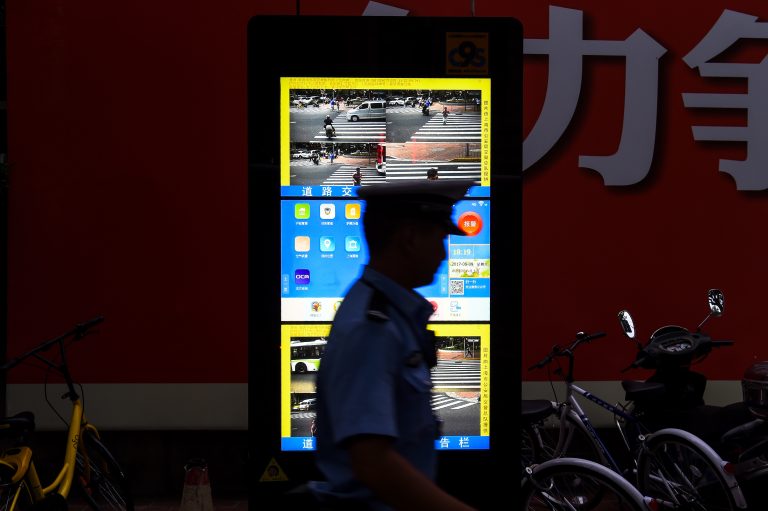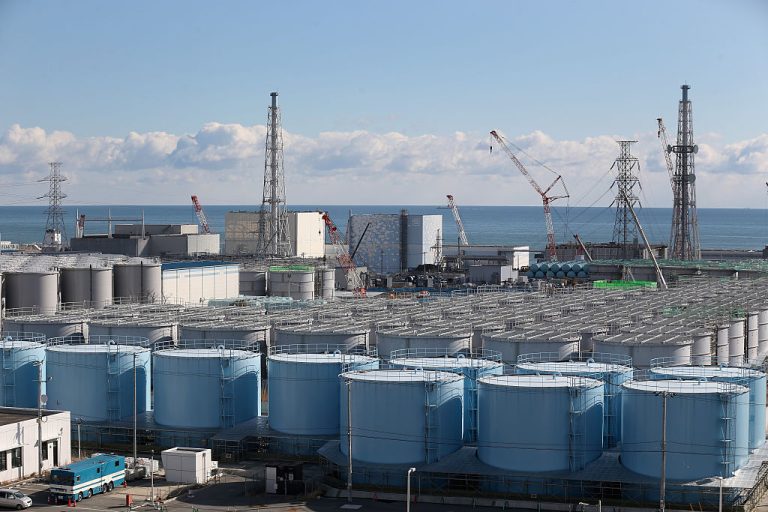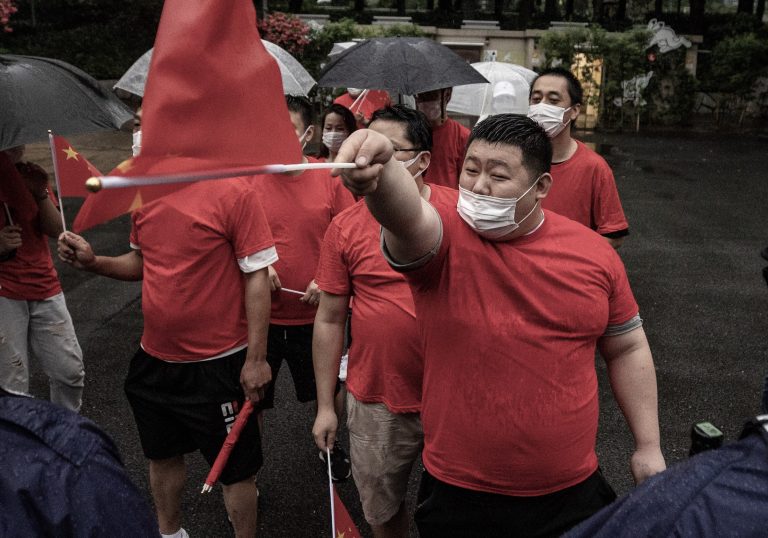The Chinese authorities’ response to severe flooding in and around Beijing has sparked widespread anger, with many accusing the Communist Party of sacrificing rural communities to use as “moats” to protect the capital and Xi Jinping’s prestige development, the Xiong’an New Area.
Many areas in eastern and northern China were wracked by floods following the onslaught of Typhoon Doksuri, which made landfall on the southeastern Chinese coast on July 28 before heading up towards Beijing and the country’s northeast.
The floods were the worst Beijing had ever seen since records began over 140 years ago. Stormwaters even breached the grounds of the 600-year-old Forbidden City, which had previously been protected by its elaborate drainage system and famously allowed the imperial palace to stay dry during the heavy floods that hit the Chinese capital in 2012.
Crops and livelihoods destroyed
Taking the brunt of Doksuri was the northern Chinese province of Hebei, which surrounds Beijing and is home to over 60 million people.
Sixty-seven of 83 reservoirs in the prefecture of Baoding overflowed as heavy rains poured down. The city of Zhuozhou was especially badly affected, with average precipitation reaching over 350 millimeters (around 13.5 inches) on the day of Aug. 1 alone.
Success
You are now signed up for our newsletter
Success
Check your email to complete sign up
Hundreds of thousands were evacuated amidst the inundations, which led to billions of yuan in economic damages and swamped large but yet indeterminate areas of farmland.
READ MORE
- Typhoon Khanun Makes Bizarre 90-degree Turn Towards Korea, Threatening Northeast China
- Major Floods Strike Northern China, Causing Widespread Destruction
- Typhoon Talim Sideswipes Hong Kong, Slams Into Southern China
In footage from Beijing, buses and cars with passengers in them can be seen swept away by the torrents, while video from the capital’s Daxing airport shows runways and taxiing areas filled with water.
Elsewhere, in Fujian Province to the south and in the northeastern provinces, crops can be seen destroyed by the floods.
Authorities have claimed that only a few dozen died in the floods, while citizen journalist Gao Yu contends that at least 200 perished in Mentougou — a suburb of western Beijing — alone.
Gao, who is based in Beijing, also said that the Mentougou authorities cut mobile signals to prevent people from live-broadcasting scenes of the disaster.
Using the people as a ‘moat’
As the flooding situation worsened in Hebei Province, Chinese Communist Party (CCP) officials suggested that the authorities would channel water to low-lying populated areas rather than allow the floods to further threaten Beijing or Xiong’an, which lies east of Baoding.
Xiong’an New Area, intended as a second political administrative center for the CCP leadership, has featured heavily in propaganda under Chinese leader Xi Jinping and is touted as a major part of the regime’s “thousand-year plan.”
Between July 31 and Aug. 5, various Party officials proclaimed the importance of using cities and rural communities in Hebei to “resolutely serve as a moat” for Beijing and Xiong’an.
Meanwhile, orders were given at local administrative levels to breach numerous dykes in the flooded areas. The decisions sparked anger among locals in the affected areas, as evidenced in footage of confrontations between townsfolk, police, and demolition workers.
In all cases, the dykes were destroyed despite the residents’ protests.
CCP media pundits exhorted the populace to trust in the “good intentions” of the regime, while local authorities criticized citizens who spread news about the natural disasters for ruining the public image of their communities.
Meanwhile, citizens widely accused the authorities and state-run charities (including China’s Red Cross) of throwing unnecessary and suspicious red tape in the way of people trying to donate to disaster relief efforts in Hebei.
According to a reporter from China’s Southern Weekly outlet, officials in Zhuozhou as of Aug. 3 had been “warehousing” the supplies donated as aid by concerned residents, and reselling it to those in need instead of distributing the goods as intended.
By Aug. 4, many civilian-organized rescue teams, having been restricted from entering the disaster zone, had left the area and the efforts were taken over by the People’s Liberation Army (PLA).
On Aug. 1, authorities in Zhuozhou claimed that there were “zero dead and zero missing” out of over 130,000 people affected by the floods, which led to widespread anger among the locals. The government’s claims were contradicted by footage taken by a journalist with the local state media broadcaster, who allegedly found many bodies in a waterlogged home.
The reporter’s former classmate, who relayed the information on social media, said that the people of Zhuozhou were “slowly waking up” to the horrors visited upon them by the CCP regime after paying a “painful price” during the flood.



